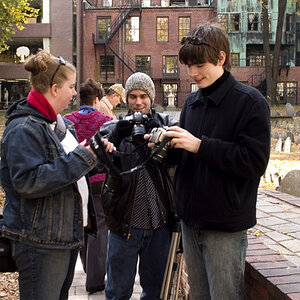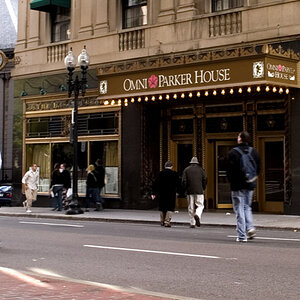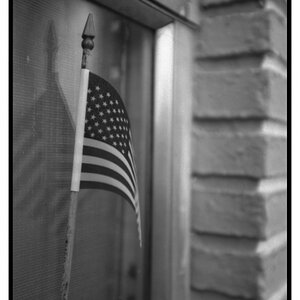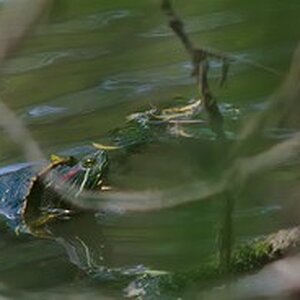Hello people,
First post!
So, anyway, I am new to all this and I have a question. I know what different ISO ratings are and mean and what effect having High or low ISO films would have.
However, what has me baffled is that my film camera has a little knob that I can turn to adjust ISO. what exactly is this adjusting? my films ISO is set, I have manually adjustable shutter speed and aperture. so what changes when I turn that little knob?
my dad says it's just to remind you what film your using but I can't believe that...
thanks in advance from a properly confused Crumpy
First post!
So, anyway, I am new to all this and I have a question. I know what different ISO ratings are and mean and what effect having High or low ISO films would have.
However, what has me baffled is that my film camera has a little knob that I can turn to adjust ISO. what exactly is this adjusting? my films ISO is set, I have manually adjustable shutter speed and aperture. so what changes when I turn that little knob?
my dad says it's just to remind you what film your using but I can't believe that...
thanks in advance from a properly confused Crumpy


 the other is one of my range finders but yes as a couple have mentioned it is there mostly to remind the user what is loaded into the camera. the camera shown
the other is one of my range finders but yes as a couple have mentioned it is there mostly to remind the user what is loaded into the camera. the camera shown 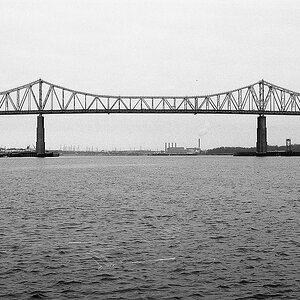
![[No title]](/data/xfmg/thumbnail/34/34055-9c9c587b8094b98e1010fe73cead6994.jpg?1619736255)
